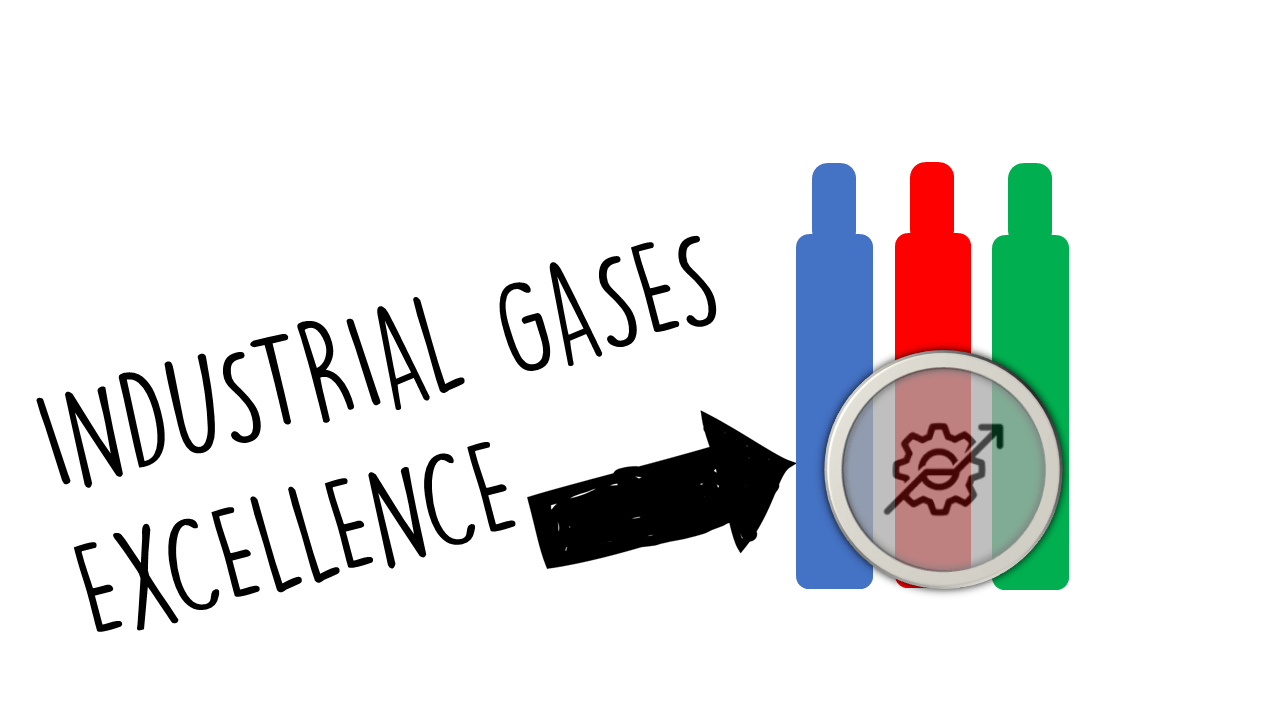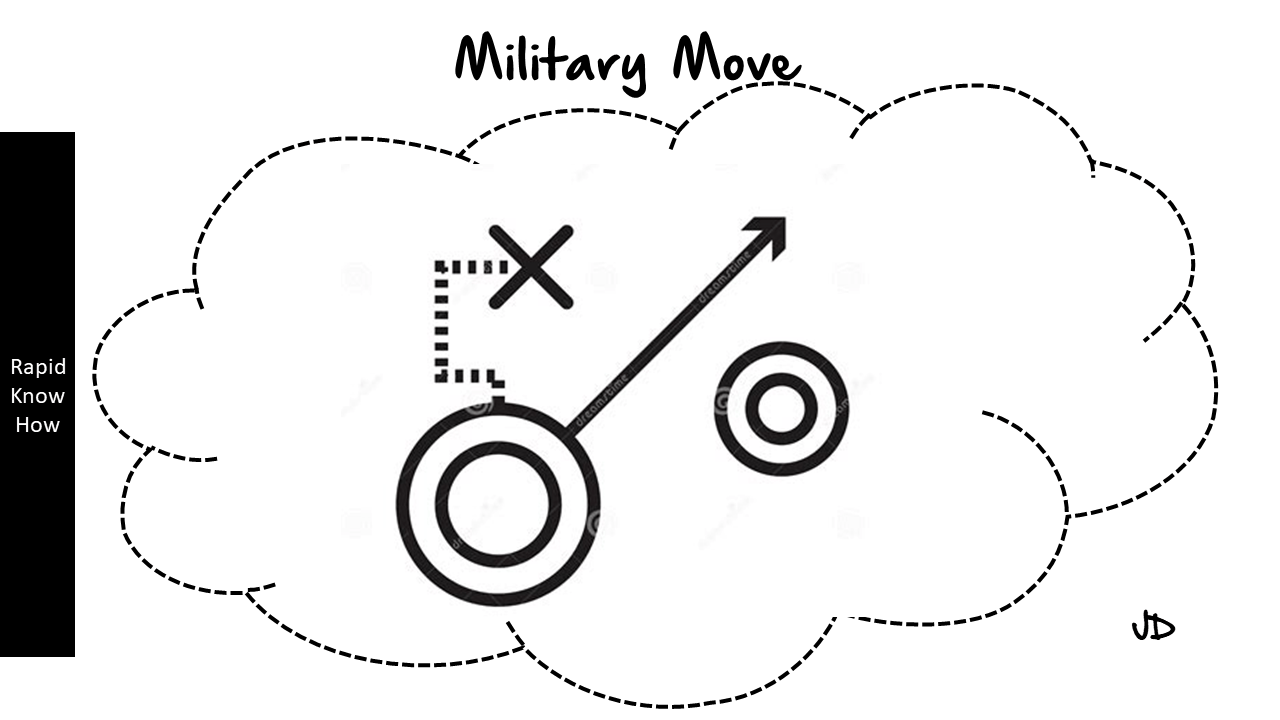1. Supply Chain Disruptions
Definition Supply chain disruptions in the industrial gas sector occur when unexpected events interfere with the process of sourcing, manufacturing, transporting, and delivering gases to customers. These disruptions may arise from natural disasters, geopolitical issues, regulatory changes, or unexpected demand fluctuations.
Framing The industrial gas supply chain is complex and often global, reliant on various suppliers, manufacturing plants, and distribution channels. Disruptions can significantly impact production schedules, delivery timelines, and ultimately, customer satisfaction.
Re-Framing Rather than viewing supply chain disruptions as unfortunate events, they can be analyzed comprehensively. This involves assessing risk management, supplier diversification, and resilience in operations. Adopt a mindset that disruptions can reveal weaknesses that, once addressed, strengthen the overall supply chain.
Strategic Actions
- Conduct Risk Assessments: Regularly analyze vulnerabilities in the supply chain and create contingency plans.
- Supplier Diversification: Avoid dependency on single sources by diversifying suppliers and sourcing locations.
- Implement Agile Practices: Foster flexibility in operations and logistics to quickly adapt to changing circumstances.
Case Studies
- Air Products: Developed a robust risk management strategy that enables swift response to disruptions by investing in alternative sourcing and transparent supply chain mapping.
- Linde: Adopted a dual-sourcing strategy, which helped them mitigate risks associated with supply interruptions during the COVID-19 pandemic.
2. Regulatory Compliance and Safety
Definition Regulatory compliance in the industrial gas sector involves adhering to a host of local, national, and international regulations governing the production, storage, transport, and handling of gases. Safety protocols encompass practices intended to protect employees, facilities, and the environment from risks associated with hazardous materials.
Framing The industrial gases are often classified as hazardous materials, requiring strict compliance with safety and environmental regulations. Non-compliance can lead to legal penalties, financial losses, and reputational damage.
Re-Framing View regulatory compliance and safety not merely as legal obligations but as integral components of business strategy that enhance operational efficiency, build trust with stakeholders, and set industry standards.
Strategic Actions
- Invest in Training: Develop and implement rigorous training programs that ensure all employees understand safety protocols and regulations.
- Conduct Regular Audits: Establish a culture of continuous improvement by routinely auditing practices against regulatory standards.
- Engage with Regulatory Bodies: Foster relationships with regulators to stay informed and contribute to discussions on evolving standards.
Case Studies
- Praxair: Implemented comprehensive training initiatives for employees focusing on safety practices, which resulted in significant reductions in incidents and increased compliance rates.
- Air Liquide: Maintains proactive engagement with regulators and industry associations to stay ahead of compliance requirements and drive best practices in safety.
3. Sustainability and Environmental Impact
Definition Sustainability in the industrial gas sector refers to practices that minimize environmental impact while promoting efficient use of resources, encompassing production methods, waste management, and energy use.
Framing As global awareness of climate change grows, companies in the industrial gas sector face increasing pressure to adopt sustainable practices. Balancing profitability with environmental responsibility is paramount.
Re-Framing Sustainability should be seen as an opportunity for innovation and brand differentiation rather than just an obligation. It can lead to new business models and increased operational efficiencies.
Strategic Actions
- Develop Sustainable Product Lines: Invest in research to create greener alternatives and energy-efficient technologies.
- Implement Circular Economy Practices: Develop programs for gas recovery and recycling to reduce waste and improve resource efficiency.
- Engage Stakeholders: Collaborate with customers, government bodies, and NGOs to foster sustainable practices and build a shared understanding of environmental stewardship.
Case Studies
- Linde’s Sustainability Goals: Linde has set ambitious targets to reduce greenhouse gas emissions and has developed sustainable gas production processes, showcasing best practices in environmental responsibility.
- Air Products’ Green Hydrogen Initiative: Air Products is investing heavily in green hydrogen technologies as part of its commitment to sustainability, resulting in new business opportunities while addressing carbon emissions.
Conclusion
The industrial gas sector faces pressing strategic problems involving supply chain disruptions, regulatory compliance, and sustainability. By addressing these challenges through a comprehensive and forward-thinking strategy, organizations can enhance their resilience, operational efficiency, and competitive positioning in the industry.
Get Started in 3 Steps
Conduct a Comprehensive Risk Assessment:
- Map your entire supply chain and identify risks associated with disruptions, compliance, and sustainability. Develop contingency plans based on potential scenarios.
Implement Training and Development Programs:
- Develop focused training sessions for employees on regulatory compliance, safety practices, and sustainability initiatives. Ensure that all employees understand their roles in achieving company goals.
Engage Collaboratively with Stakeholders:
- Foster partnerships with suppliers, regulators, customers, and environmental groups to share best practices, enhance compliance efforts, and drive sustainability in operations.
By taking these initial steps, organizations can position themselves to navigate the complexities of the industrial gas sector proactively and successfully.





